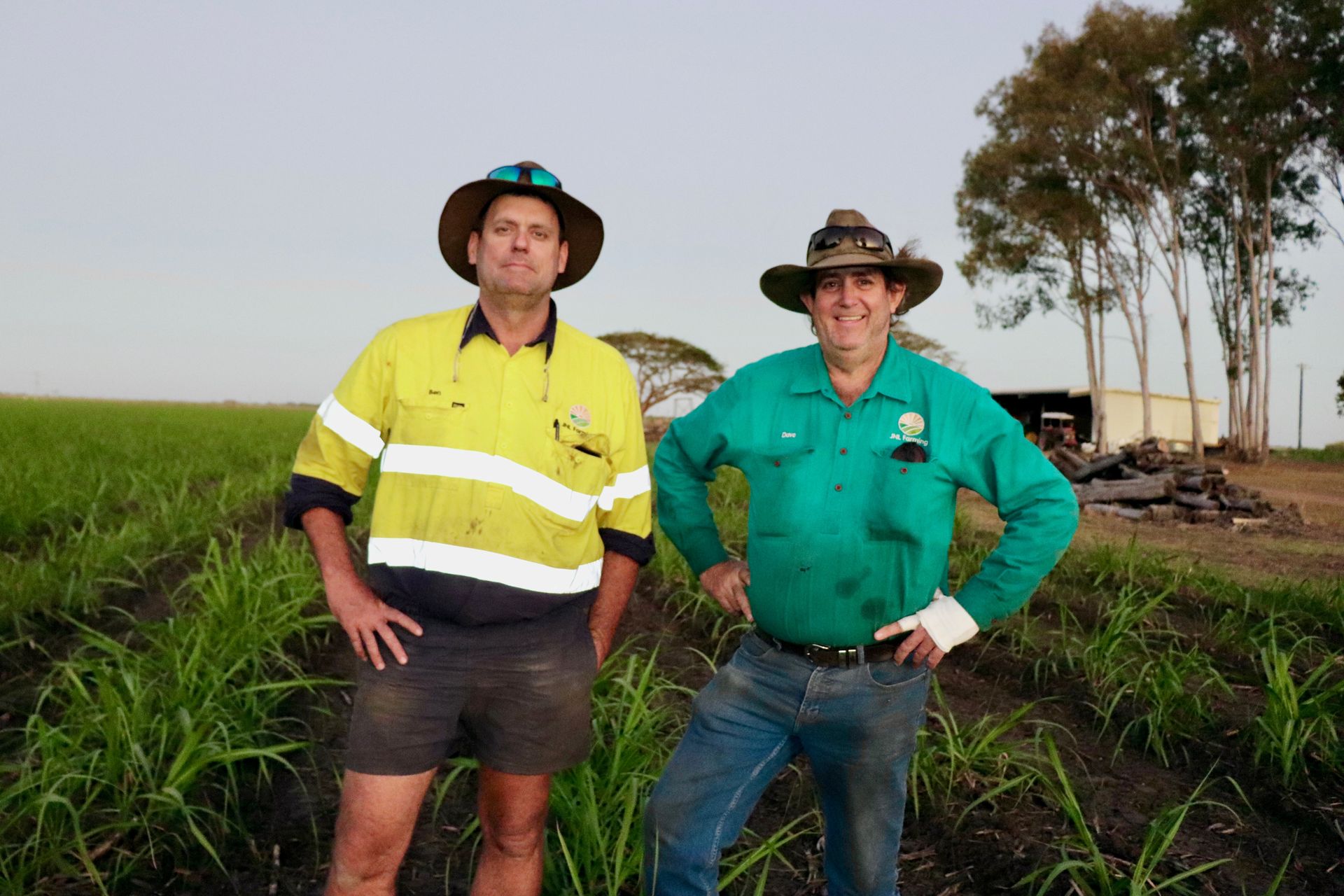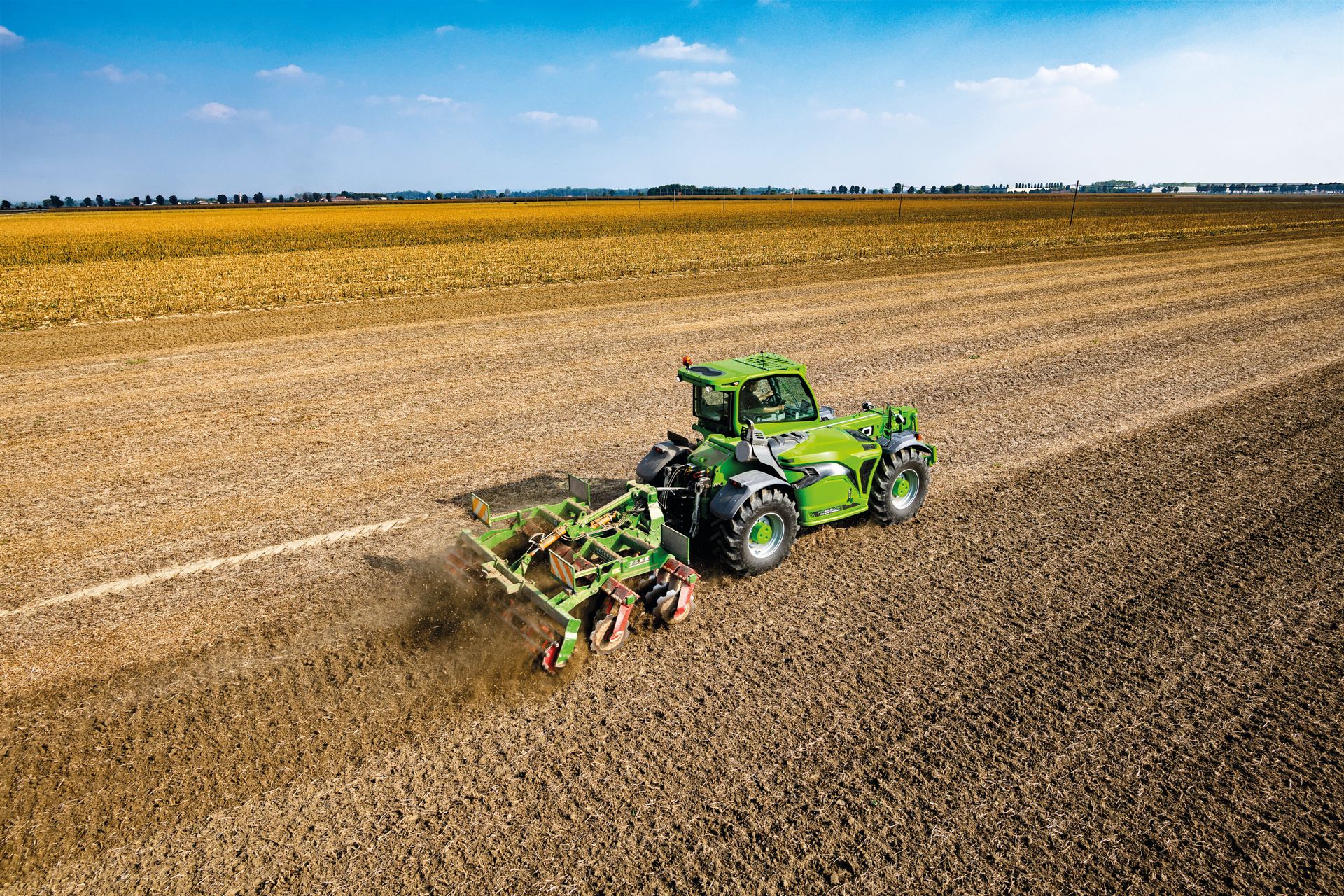1MG FlippingBooks
IoT: the tool beyond farmers’imaginations
Following our recent look at blockchain technology and artificial intelligence (AI), The Australian Farmer continues to examine the various disruptive technologies that are changing the principles of precision agriculture and the way we farm.
Today, we discuss the Internet of Things (IoT) and its implications for precision agriculture with Simon Blythe, a nationally-recognised entrepreneur and the founder and CEO of award-winning smart farming company Smart Elements.
“IoT connects physical devices such as computers, sensors and phones with the internet to deliver farmers unprecedented amounts of data on crop and livestock performance,” says Simon.
IoT is already proving a highly versatile tool for all agricultural commodities, and its integration with blockchain technology and artificial intelligence is the key to opening up further gains in yield and efficiency. Some current applications of IoT on farm include using the technology to monitor water tank levels remotely, measure soil moisture content and temperature trends, record accurate weather conditions on and monitor trough and creek levels.
“The opportunity for Australian agriculture presented by IoT is unlimited,” says Simon. “It’s important, however, to realise that these digital technologies are not intended or expected to make the farmer themselves redundant or less important – a tactile approach to livestock and crops will always be the cornerstone of a healthy agriculture industry.
“Conversely, it’s about arming the farmer with a tool to effect a decision-making advantage that is beyond his or her imagination.”
The world’s food consumption is expected to almost double by 2050 given population growth forecasts and many experts believe that70 per cent of this increase will come from efficiencies found in digital technology.
“Australian farmers generally like to be better than the next farmer, so competition drives them to be more efficient,’ says Simon. “Although Australia has a strong reputation for precision farming and many of our farmers are willing to try new things, I think we can do better to fully embrace the power of digital technology and maximise our agriculture potential.”
While innovation in agriculture is not a new thing, the speed at which digital technology moves in modern society has serious implications – both positive and negative – for how we farm.
“Historically, major changes in how we farm have happened over hundreds or thousands of years,” says Simon. “In the present digital age and with the unprecedented computing power on offer, however, we’re now looking at an innovation cycle of years or even months.
“This makes mass implementation difficult, especially when one innovation often quickly leads, like a virus, to the next innovation.”
Fortunately, many of the world’s tech giants – as well as smaller companies like LX Group – are now working hard to make sure the agriculture industry fully capitalises on these advanced technologies. The key for these new solutions will be to go beyond delivering sophisticated measurements across the farm property and find ways to heighten the farmer’s situational awareness and enhance their agricultural management practices.
“These intelligent and very affordable networked devices can actually learn and then manage vast amounts of knowledge on a scale no farmer can,” says Simon. “Australian farmers ought to be very optimistic and excited about the impact IoT will have on farming productivity and profitability over the next 20 years.”















